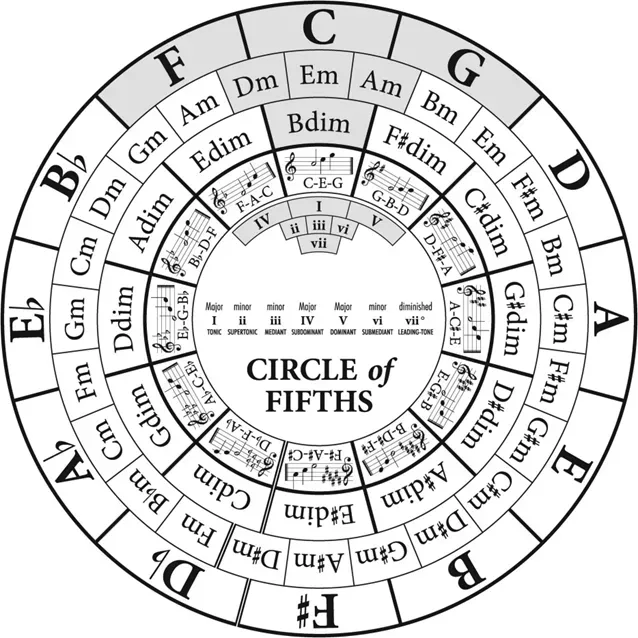
The dream is to run fingers on a piano, to do that we need proper knowledge about this wonderful instrument. Joining music schools and attending music classes is a good way to step forward towards your passion. People who play the piano, whether they are professional or amateurs, should always be working to get better. Whether you have been taking piano lessons or you are just starting out, improvement and progress is the key. From improving finger strength to constantly challenging yourself, here are a few different ways you can become a better piano player.
Time management
This could be why you haven’t seen much improvement. Practicing piano shouldn’t be low on your list. Find a time and stick to it. Commitment to practice is important in improving your abilities. If you do find yourself with extra time, tack on an extra hour to your practice routine. If you have one hour, split it into 4 parts and practice in the following manner.
Playing slowly
If you find yourself missing notes in a particular section, don’t rush through the section as quickly as possible, pause the metronome, slow down, and practice it until you get it right. No matter how well you think you know a piece, practice it at a slower pace every three or four run-throughs.
Keep challenging yourself
As with any skill, you must continually challenge yourself in order to improve. If you aren’t sure which piece of music you should challenge yourself, ask your instructor. They’ll know better than anyone what your strengths and weakness are, and they should be able to pick a piece that’s challenging but not impossible. For example, if you struggle playing left hand they should be able to pick a piece that focuses mostly on the left hand.
Finger strength and improvement
Most of the people don’t realize the importance of fingering. But in reality, it allows them to play smoothly up and down the piano. Music is all about arpeggiated chords, finger crosses, scale patterns and various other passages. To master all these, fingering is undeniably crucial. To do it the best way, play through the passages slowly and gently and make sure not running out of fingers. If the passage is a scale, use the fingering of the scale to play the complete passage without being uncomfortable in any way. This is essential to avoid breaking up the melodic phrasing, which eventually leads to weird sound. With the too many resources available, you can easily work on fingering
Practice the scales
Learning the scales is probably the best way to grab immense benefits. A scale consists of notes that are in a key signature in an alphabetic order. These notes start from tonic to the next tonic. Understanding each scale and where the flats or sharps are located helps to play music in many ways. Below is the representation of circle of fifth, which gives knowledge about the major, and minor scales and number and sharps and flats in a particular key.

Practice the chords
Apart from the scales and arpeggios, music has number of chords and cadence patterns. Knowing the major, minor, augmented, diminished, minor 7th, major 7th and dominant 7th chords in all inversions is necessary. Moving on to other things, knowing the various types of cadences in every key is highly recommended. Also, learning to play them using voice leading is essential.
Sight reading
Every time you practice, you must sight read. While doing so, it is good to read something that’s under your current playing level. However, picking something that’s way too easy isn’t a good way because it doesn’t allow challenging yourself. Moreover, it stops your sight reading from improving the way it should. Talking about the beginners, taking a help from a lesson book is considered good. To make it sight reading, it has to be the music that you have neither seen nor practiced before.
Practice Articulations
There are many types of articulation, each with a different in music notation articulation markings include the slur/ phrase marking, staccato, staccatissimo, accent, sforzando, rinforzondo, legato. A different symbol placed above or below the note (depending on its position on the staff) represents each articulation. Try to play the passages with different articulations. Following are the few articulation markings with its meaning.

Learn to play classical pieces
Classical pieces can be technically demanding. Once you start getting into some of the more complex pieces you’ll start seeing improvements in your technical abilities. Not only does classical music give you a solid foundation, but it’ll challenge you to be better-rounded musician. If you’ve never played classical music before, pieces by Bach, Beethoven and Chopin are a good place to start. Choose pieces that will challenge you because you won’t improve if you only play what you already know.

Beethoven(1770-1827

Chopin(1810-1849)
So, these are some ways to rely on and improve your piano techniques. Make a routine and implement these tips to play your favourite instrument flawlessly. Though it will take some time, but serious efforts will help you to improve your technique.